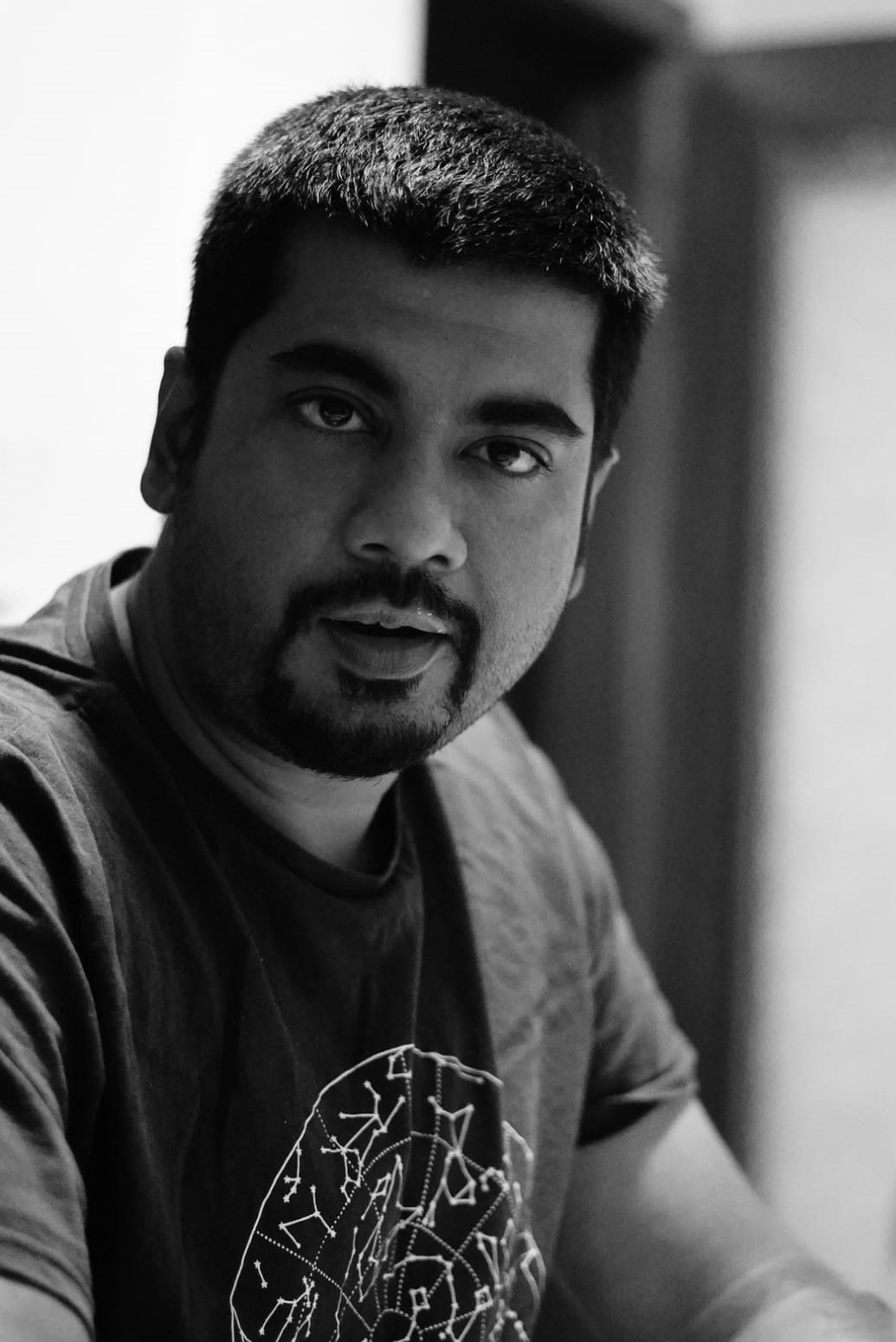
|
Arko RoyAssistant ProfessorSchool of Physical Sciences, Indian Institute of Technology Mandi. Google Scholar: VDH8T4cAAAAJ ORCID id: 0000-0003-4459-2880 |
| E-mail: arko@iitmandi.ac.in | |
Home | Research | Publications | Presentations | Codes | Contact



